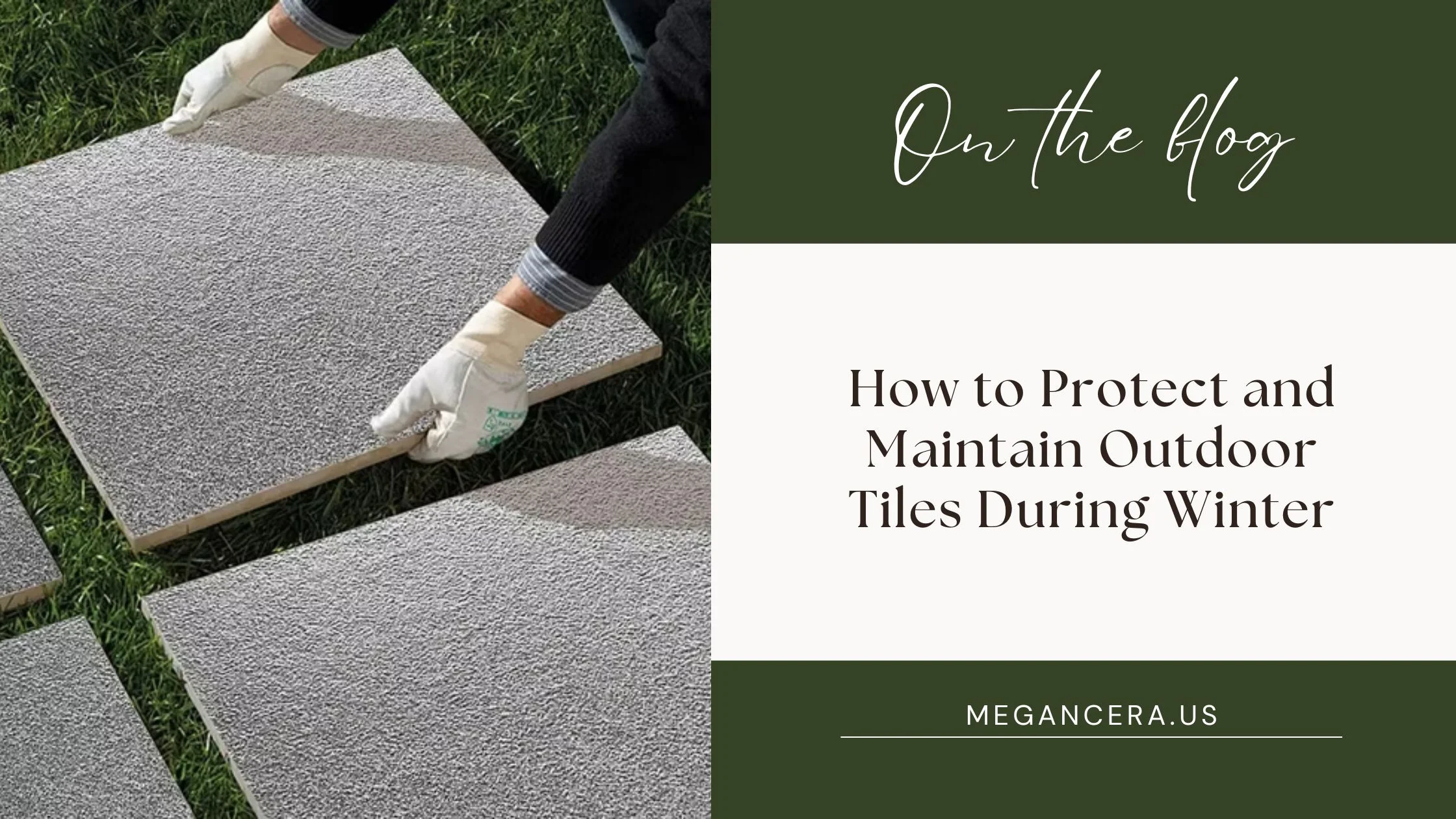Connect With Our Team
Blog: How to Protect and Maintain Outdoor Tiles During Winter
Winter can be especially challenging for outdoor tiles. The freezing temperatures, accumulation of snow, and ice can damage even the most durable materials if not cared for properly. With the right steps, you can ensure your outdoor tiles remain in great condition throughout the season. Here’s a detailed guide on how to protect and maintain outdoor tiles during winter.
1. Understand the Material of Your Tiles
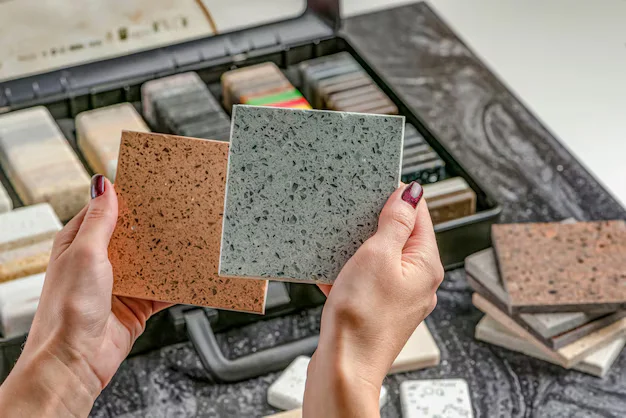
This means that how often you need to get the tiles in your house in order to give them some tender loving care during the cold winter will depend on the types of tile that you have. Porcelain tiles are very hard wearing and repellent to water so they are suitable for use in freezing conditions. While ceramic tiles are less abrasive they are more porous than other tiles and may need special treatment not to crack easily.
Granite, slate or travertine look very beautiful on floors and walls but they are not moisture resistant unless they have been treated with sealers. Sometimes the reaction caused by extreme heat or acidity of the cleaning solution affects the tiles and thus it is important to understand the properties of the tiles you have put in the room so that in the next cleaning session you do not cause more damage to them.
2. Inspect and Repair Before Winter
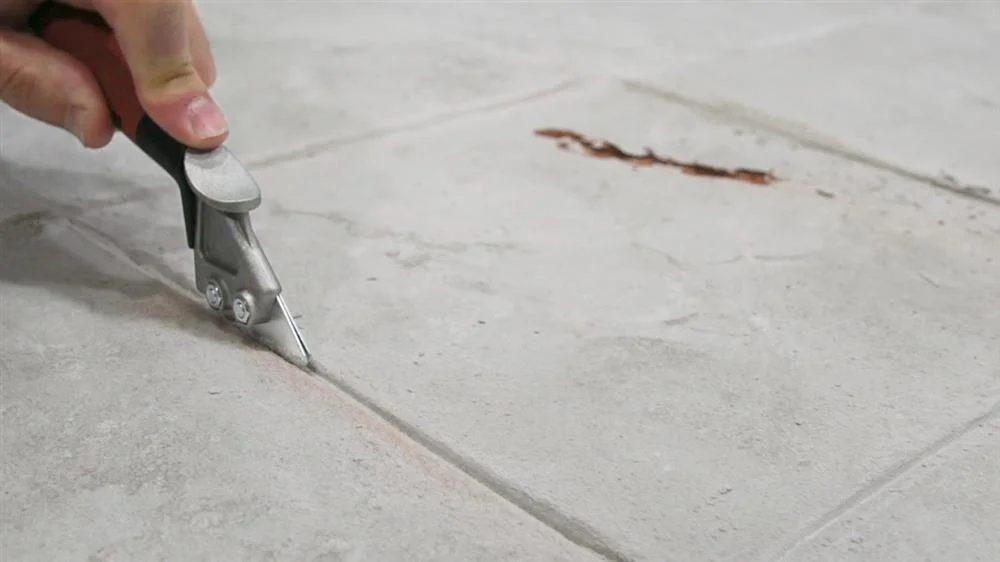
When the first frost is over, you should pay as much attention as possible to the state of your tiles. Cracks, chips, or loose tiles can become much worse in winter as water gets in and this turns to ice, thereby expanding. If tiles in certain areas have suffered considerable wear or there is excessive come loose or deteriorated grout or adhesives must be very costly to change; it is better to take action at the present. Not only does a pre-winter check make your tiles more resilient, but it ensures your outdoor setting looks great too.
3. Clean the Tiles Thoroughly
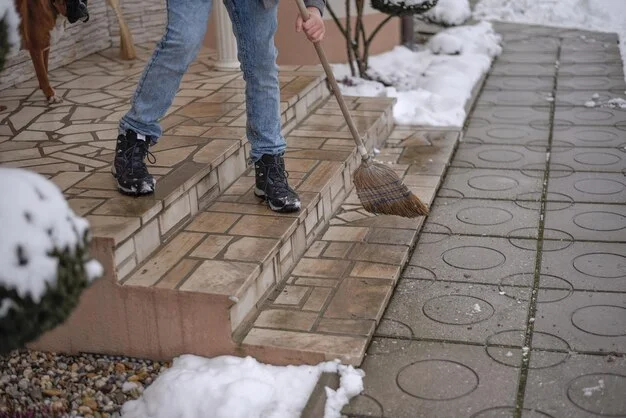
Cleaning is very vital in this process to avoid grime, leaves and debris pile up on the tiles. These materials can retain moisture which when freezes is likely to make surfaces slippery. First try sweeping the tiles using a stiff broom to whisk away all easily removable dirt from the surface. To remove hard to go dirt or stains, wash the surface with warm water mixed with mild detergent. If properly maintaining natural stone tiles, do not use cleaners that contain vinegar, this will result in discoloration or etching of the floor tiles. If you do not clean your tiles there are some adverse outcomes that are associated with the winter season as follows.
4. Apply a High-Quality Sealant
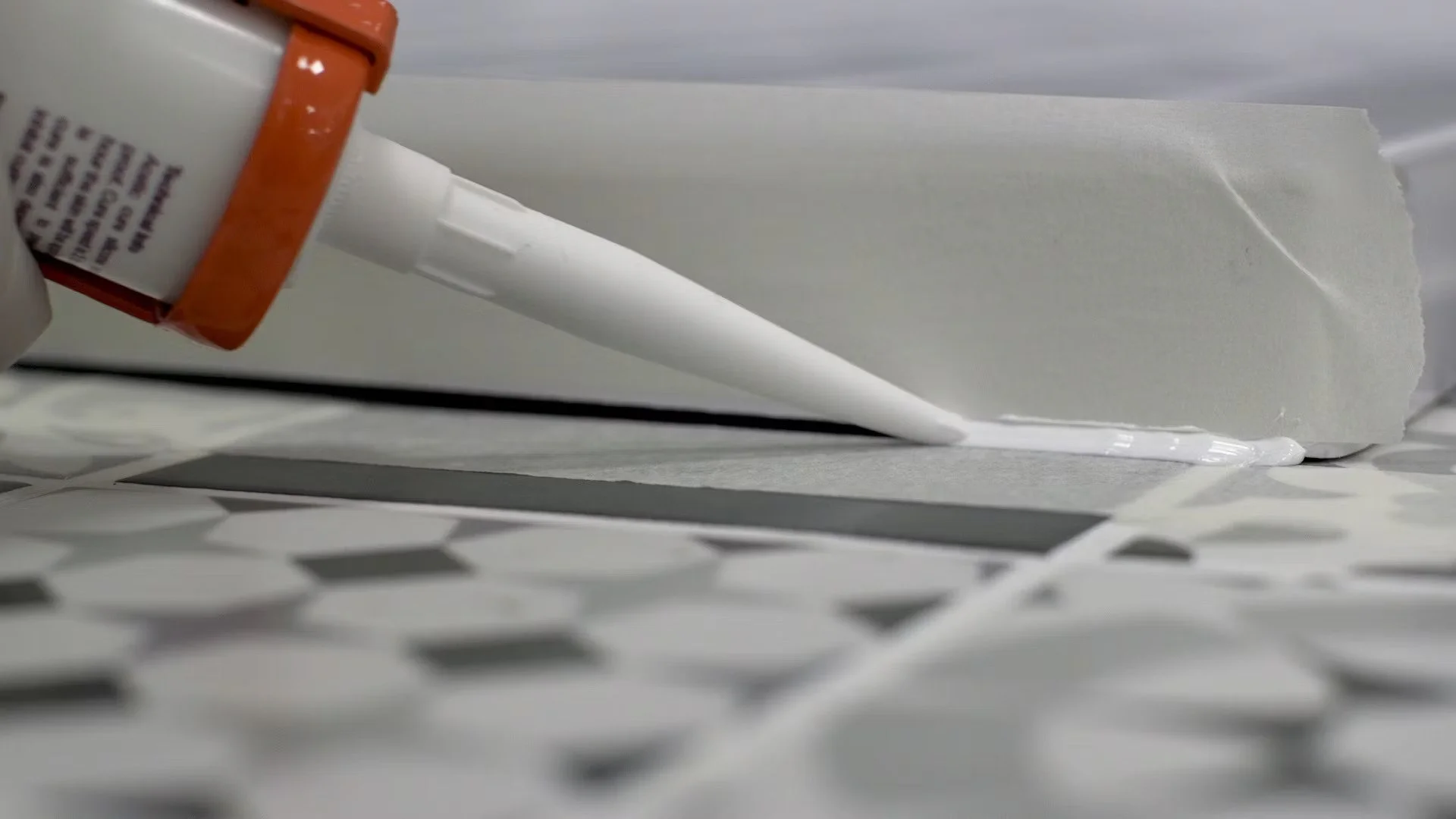
Sealant application is one of the most efficient methods of protecting outdoor tiles against the unfavorable winter conditions. Well-rubberized waterproofing forms a protective layer that blocks entrance of water which otherwise would penetrate the tiles and cause frosted harm. Make sure you choose a sealant produced to seal the specific type of tile you currently have, either porcelain, ceramic, or natural stone . Spread the sealant literally over the floor using a roller or even a brush and make sure all kinds of odds and ends and even the grout joints are coated. Approximately once a year it is suggested to reseal your tiles, and it is best to do it in the fall season to avoid winter weather influences.
5. Ensure Proper Drainage
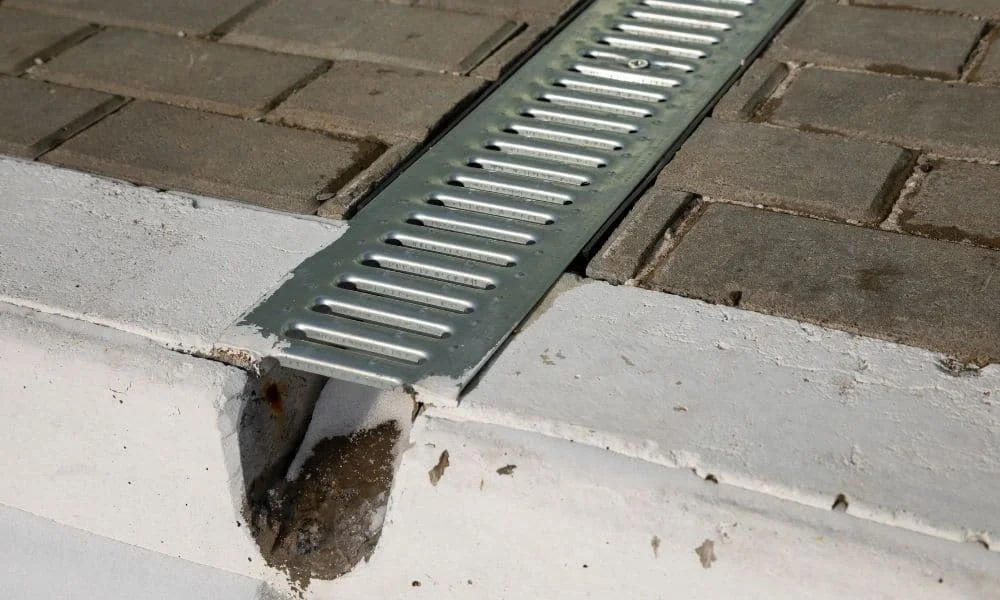
Tiles on floors and walls can store water and when winter comes the water freezes and causes cracks on the tiles. Ensure that your outdoor space has the right drainage system, to ensure that water runs away from the tiled surface. This may require a check that the gradient of your patio or pathway is right to drain water. Along the same vein, clean any visible gutters, drains and downspouts from debris that could lead to blockages. Good drainage not only preserves your tiles but also reduces chances of having the slips from icy triggered tiles floor.
6. Use Rugs or Mats for Added Protection

Applying outdoor rugs or mats may likely offer a second line of defense to your tiles each winter. These include placing of non-slip mats in areas that experience heavy human or mechanical traffic; in this case the traffic can cause abrasion of the tiles including traffic by shovels. Choose the type of mats which are water resistant in an effort to minimize the degeneration of the mat surface through mold or mildew formation on the underlying surface. Outdoor area rugs can also improve the looks of your space, as well as adding utility and preserving your investment in tiled flooring.
7. Minimize the Use of De-Icing Chemicals
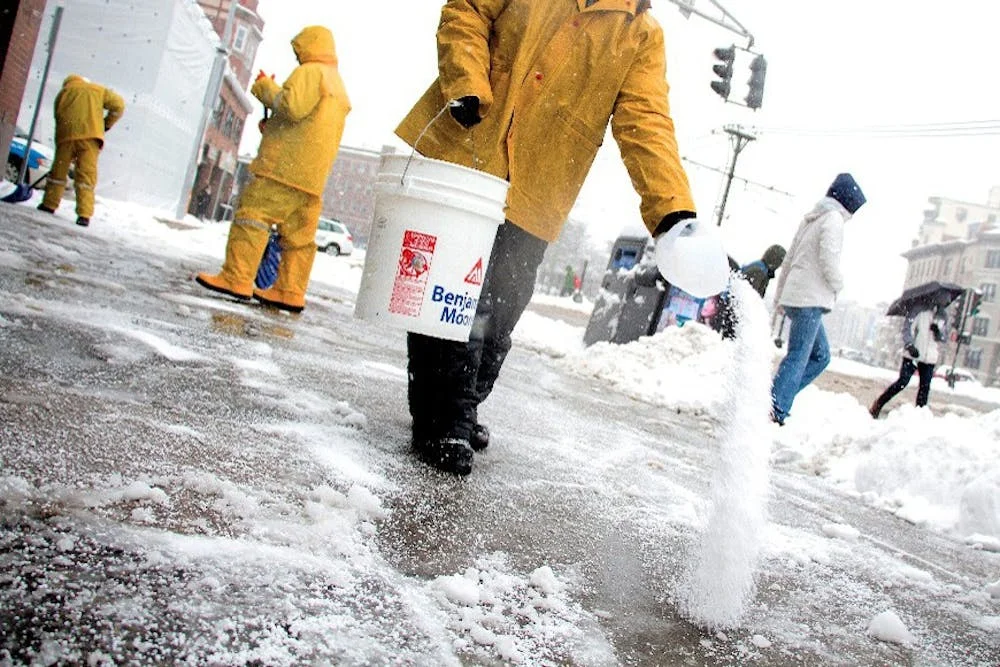
Although a lot of people use de-icing salts to help melt the ice, they are very destructive to the outdoor tiles. Such chemicals cause corrosion of some materials, reduce strength of grout lines, and produce nasty stains. However, there are special tile safe deicers such as calcium magnesium acetate that should be used during the winter. In the same way use sand or kitty litter to enhance grip on iced areas without causing any damage to your tiles. Reducing the use of strong chemicals will protect the look of your outside tiles and extend their durability.
8. Remove Snow and Ice Carefully
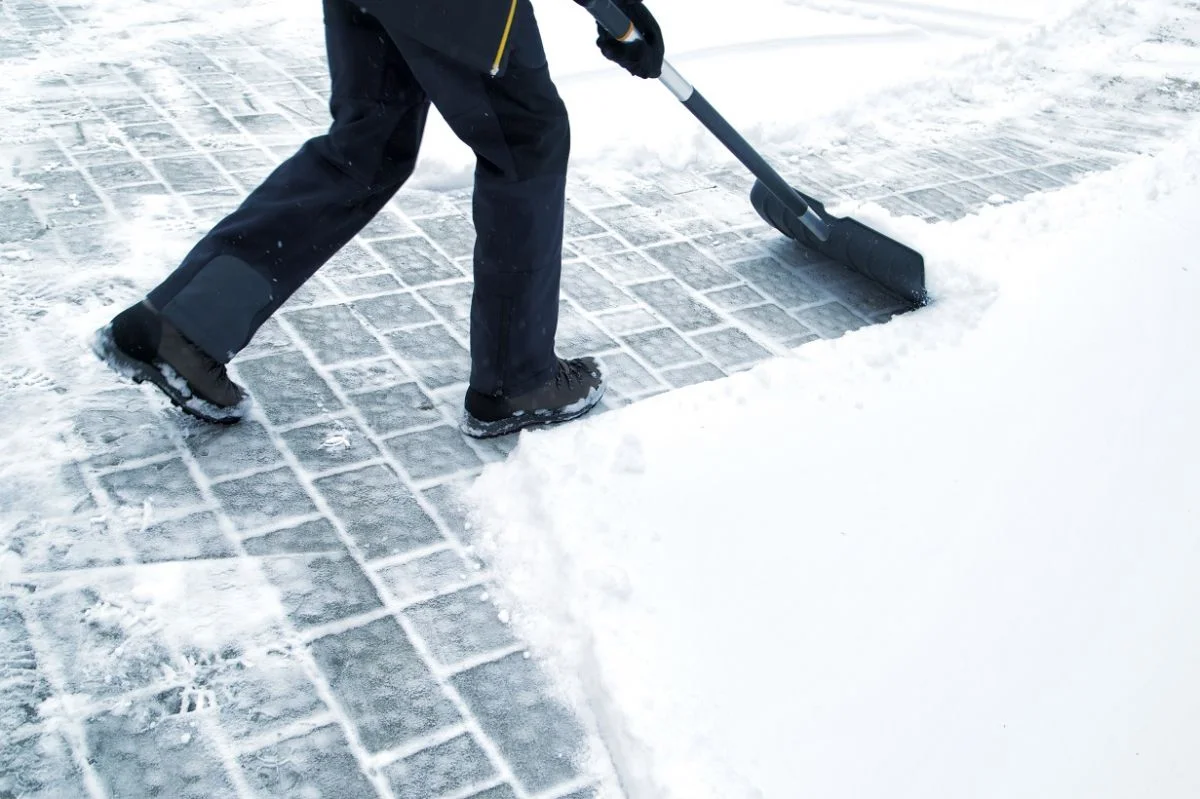
Therefore, the manner in which snow and ice is cleared has potential to affect the durability of the outdoor tiles. Do not employ a metal shovel or any other metal tools on garden because they may mar the tile surface. However, a plastic shovel with a rubber edge is the best to use in removing snow without rubbing off the paint. As for ice, you might want to try warm water or a tile-safe de-icer to defeat it instead of hacking the layer of ice off the surface. Some precautions made while clearing snow and ice prevent them from causing harm and also keep the finish of the tiles intact.
9. Protect Grout Joints
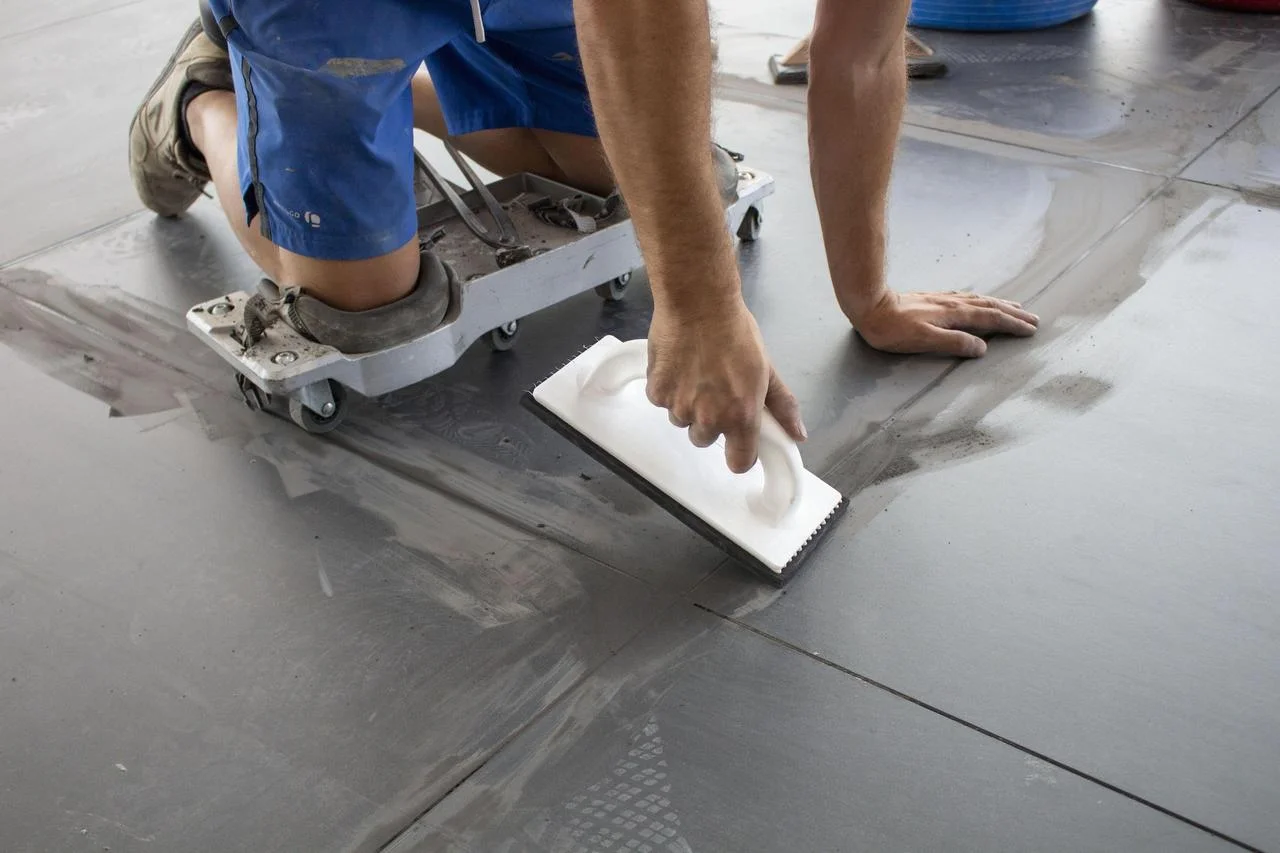
Usually the joints between the tiles are exposed to stress and wear out, but are nevertheless an important condition of durability of the tiled surface. Water or moisture getting to these joints can freeze and cause a breaking point or tiles to come loose. If you want to offer additional protection to them, you need to use a grout sealant alongside the tile sealant. This forms a watery barrier thus protects it from hygroscopic materials which can be hazardous at times. This is a good call; for one, it recommends that one should check on the grout usually for any sign of rubbing off or creating any space and should be repaired immediately to avoid further damages.
10. Consider Anti-Slip Treatments
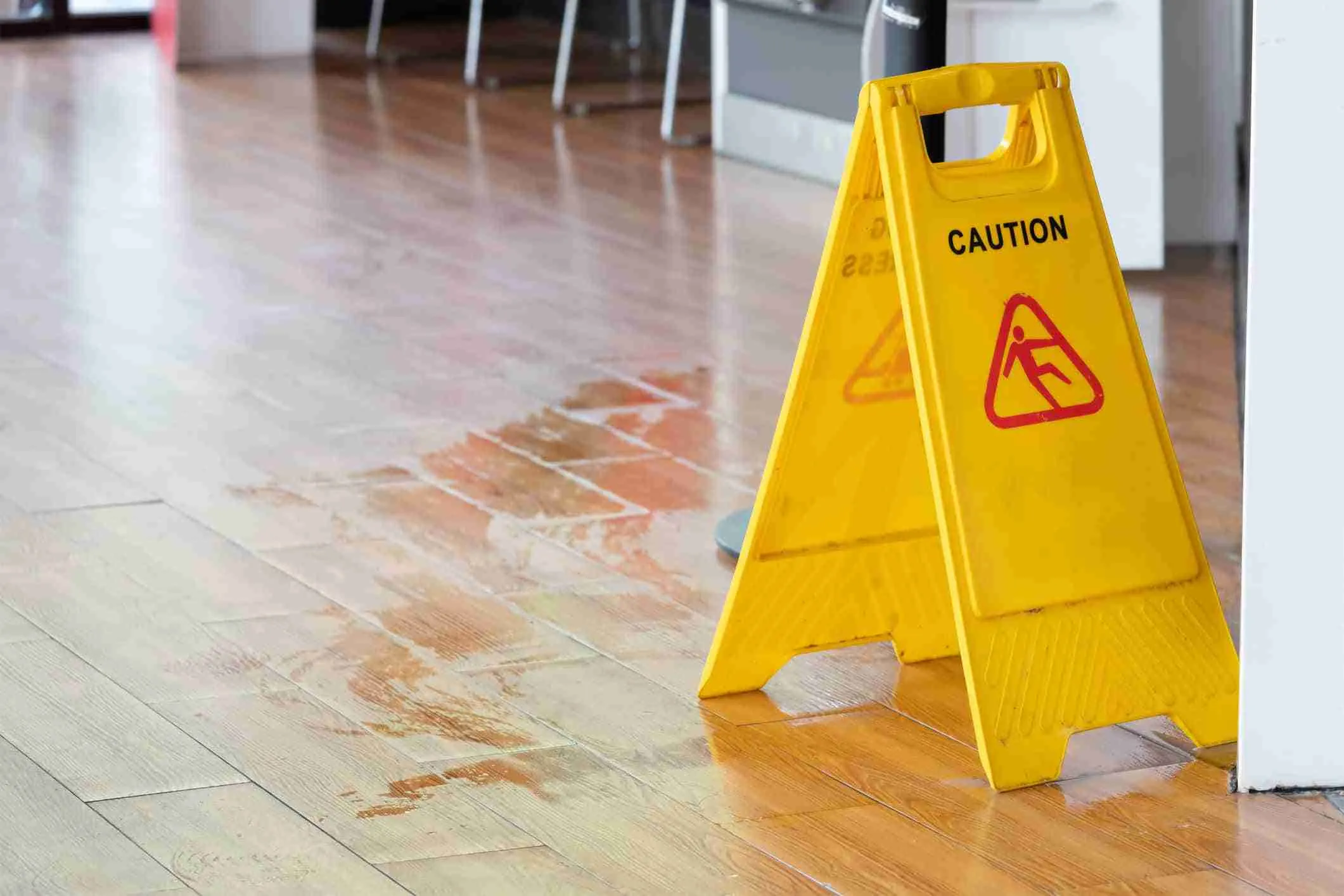
The desire for outdoor tiles is an obvious presence through the icy ground that makes it very slippy. It’s advisable to give the floor an anti-slip treatment so that you would not have to worry during the period of snow. These treatments build up a rough surface layer that helps to restore adherence, and in the conditions of wet or icy, too. Select a product suitable for the type of tiles you have, and read the application guidelines carefully. Especially anti-slip treatments require special attention and have a tendency in sites expectant to large accumulations of people’s feet or are subjected to freezing over often.
Final Tips for Long-Term Maintenance
It’s therefore important to embrace some certain practices in the maintenance of your outdoor tiles irrespective of the season. Some things which enter into the consideration of maintaining its cleanliness are, one needs to check for signs of damages and fix them at the earliest. In winter, sometimes we have to use de-icing products to melt the ice on the tiles, so after winter it is recommended to clean the tiles. It is also important to schedule professional maintenance or inspection which will also reveal some of the issues that are likely to be out of the casual eye and ensure longer durability of the outdoor tiles.
FAQs
1. Can I use vinegar to clean outdoor tiles in winter?
It depends on the material of your tiles. While vinegar is a natural cleaning agent, it’s not suitable for natural stone tiles like marble or travertine, as it can cause etching and discoloration. For porcelain or ceramic tiles, dilute the vinegar with water before use.
2. How often should I reseal outdoor tiles?
Most outdoor tiles benefit from resealing once a year, ideally in the fall before winter begins. However, some high-quality sealants may last longer, so refer to the manufacturer’s recommendations.
3. Are outdoor porcelain tiles safe in freezing temperatures?
Yes, porcelain tiles are highly durable and have a low water absorption rate, making them well-suited for freezing climates. They’re less likely to crack or chip compared to other materials.
4. What’s the best way to remove ice without damaging tiles?
Use a plastic shovel or warm water to gently melt and remove ice. Tile-safe de-icers can also be used but avoid sharp tools or harsh chemicals that might damage the surface.
5. How can I prevent tiles from becoming slippery in winter?
Apply anti-slip treatments, use textured outdoor rugs, or sprinkle sand on icy areas to enhance traction. These measures improve safety without compromising the appearance of your outdoor space.

